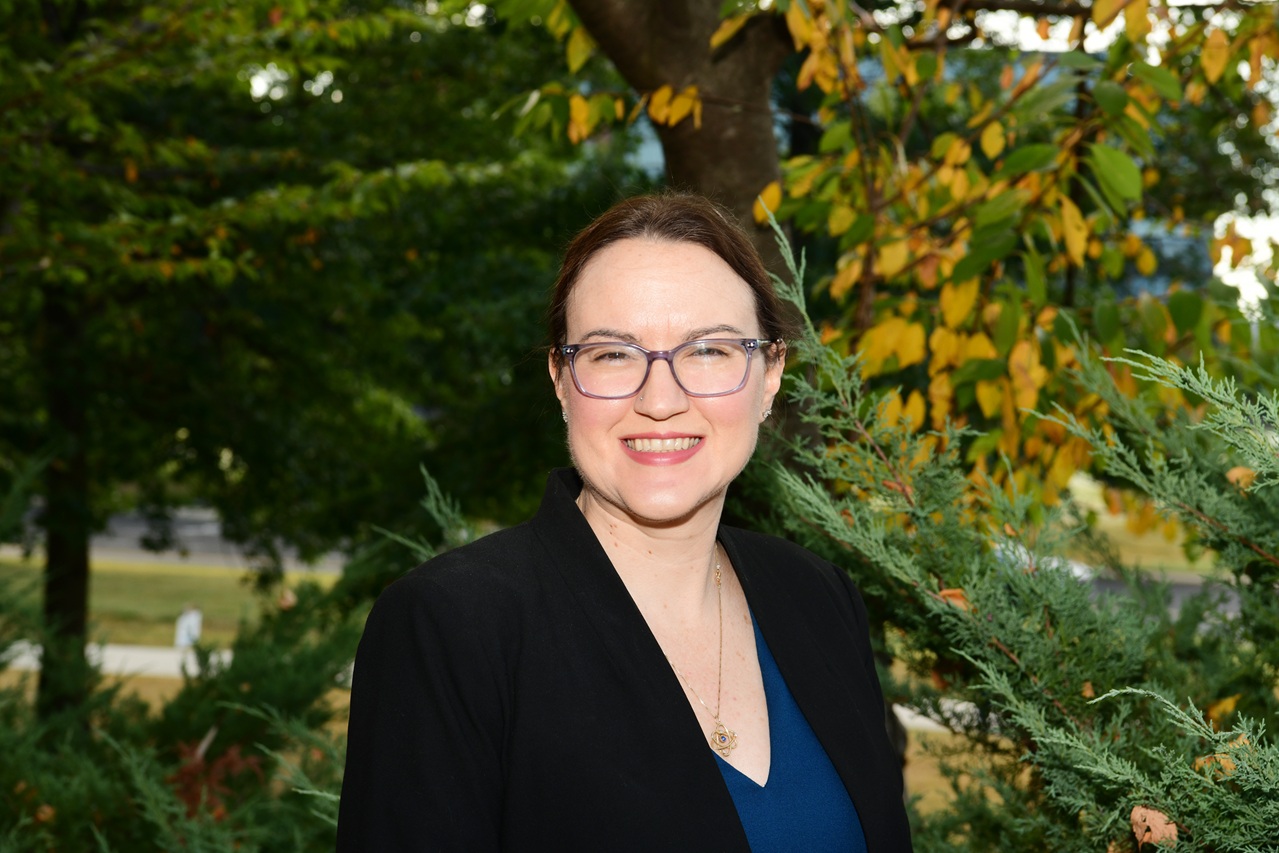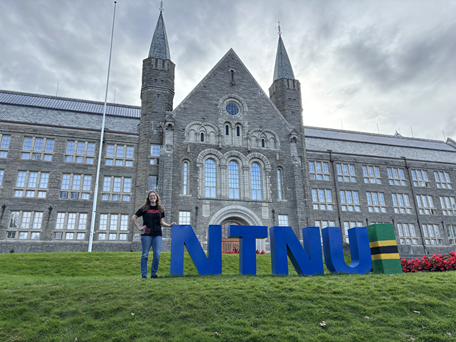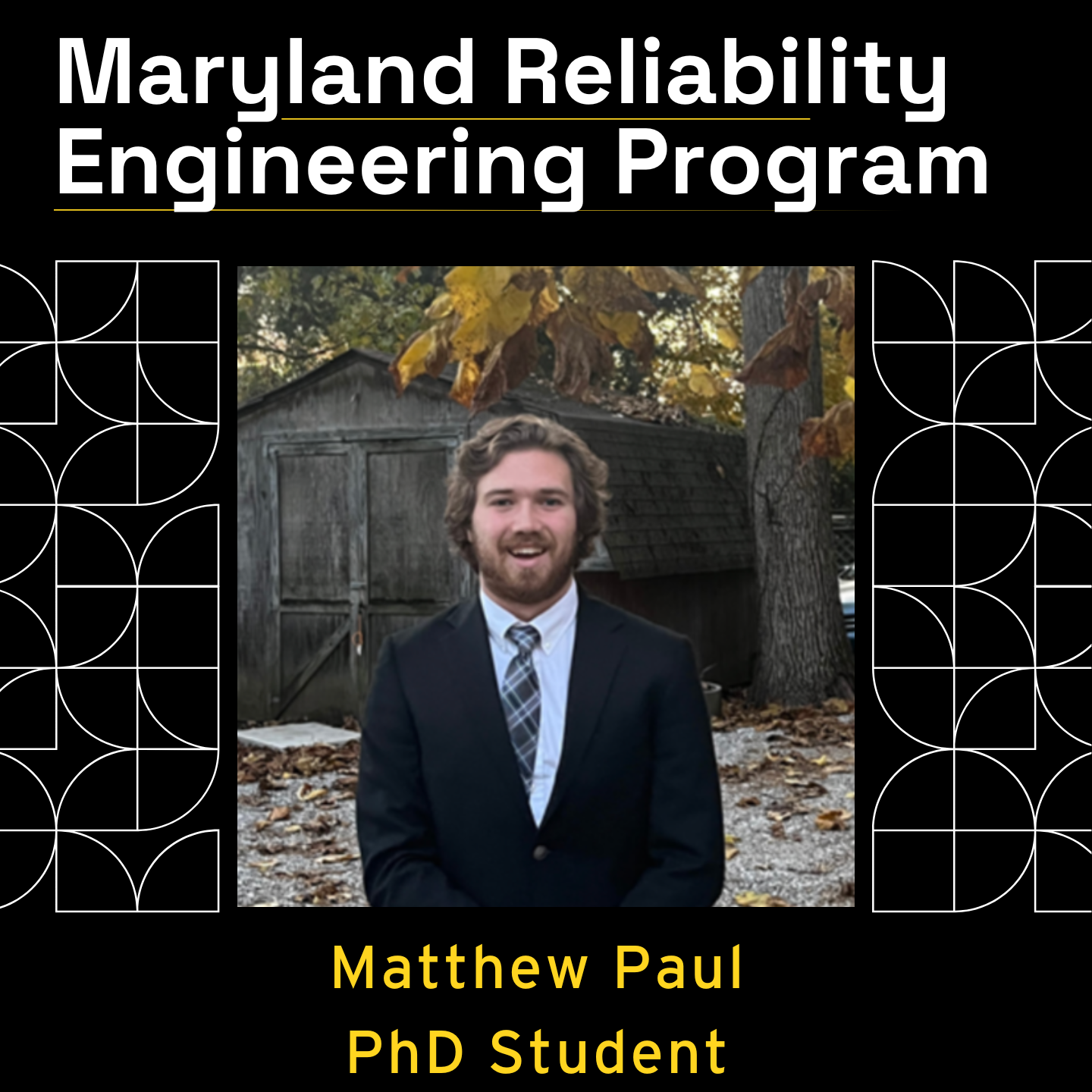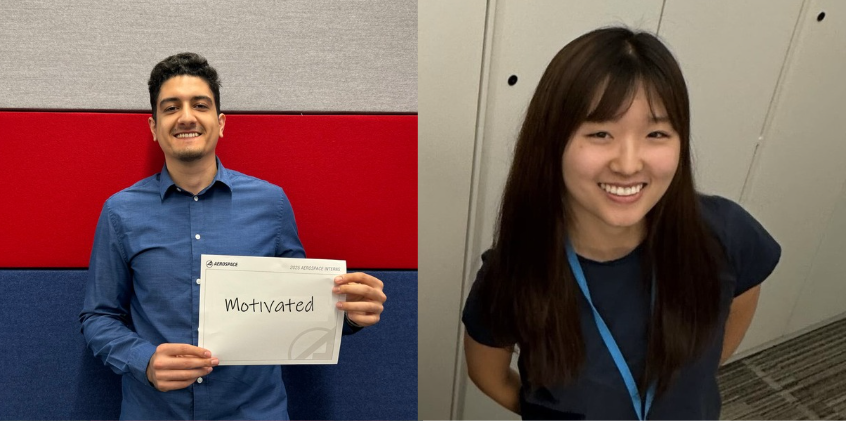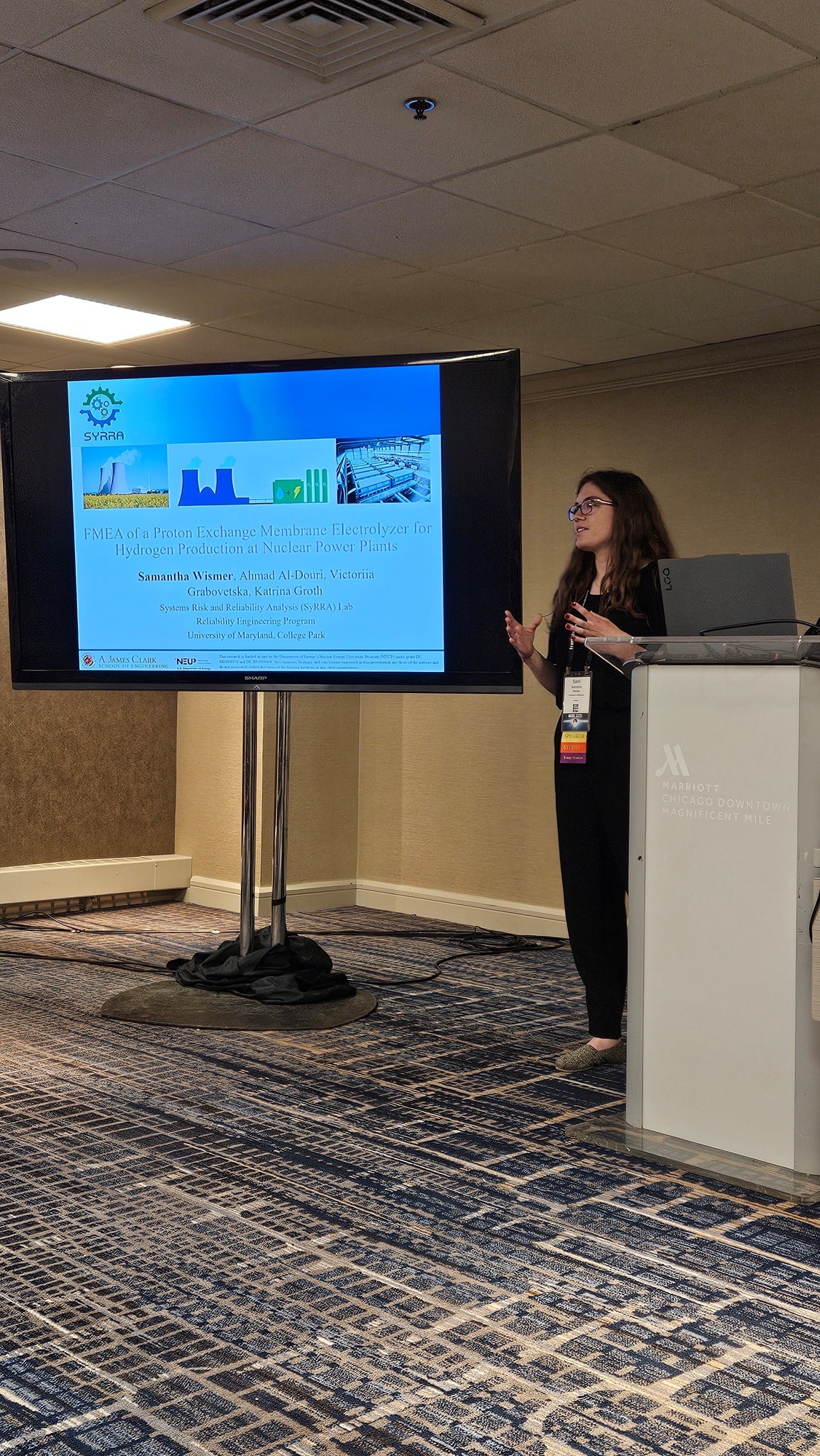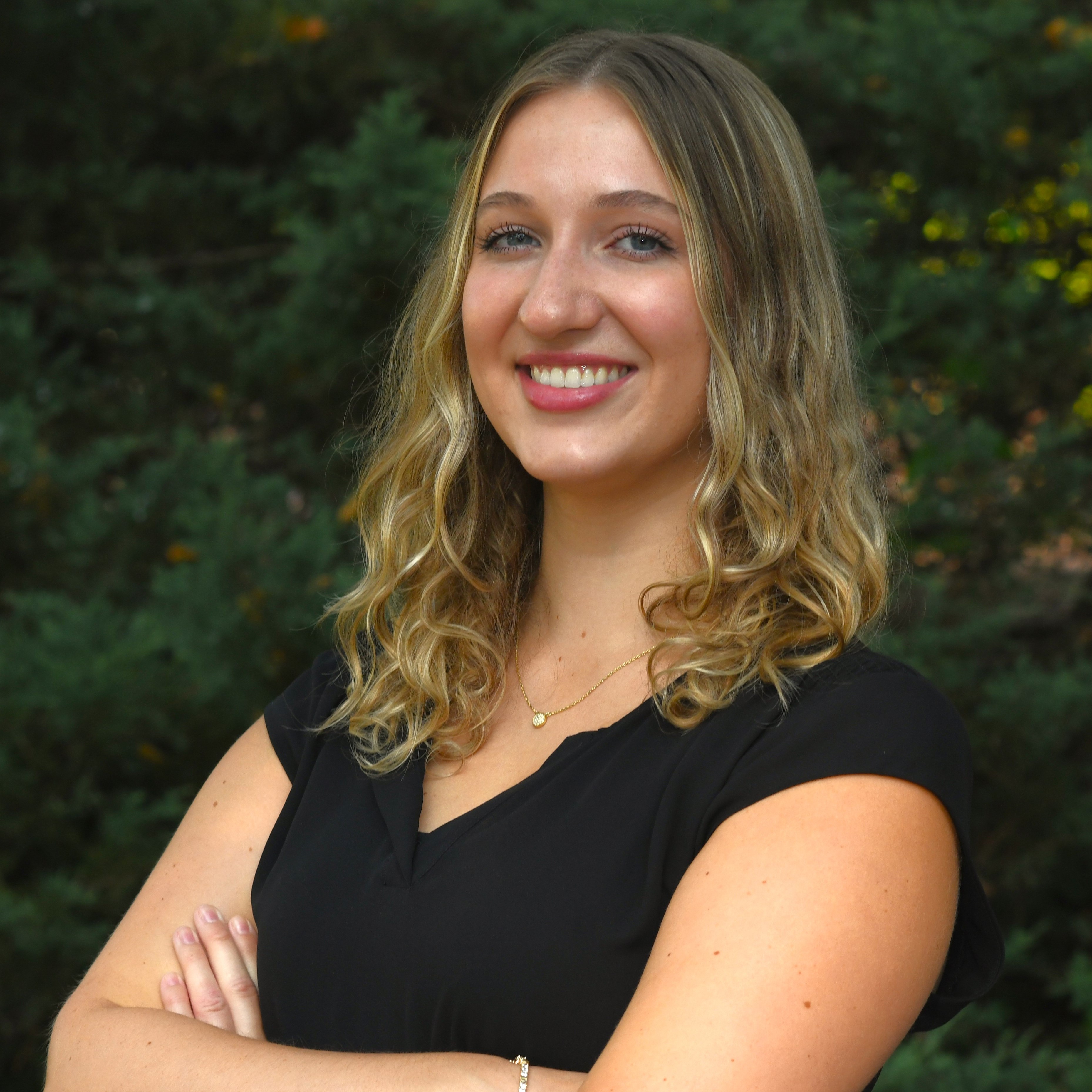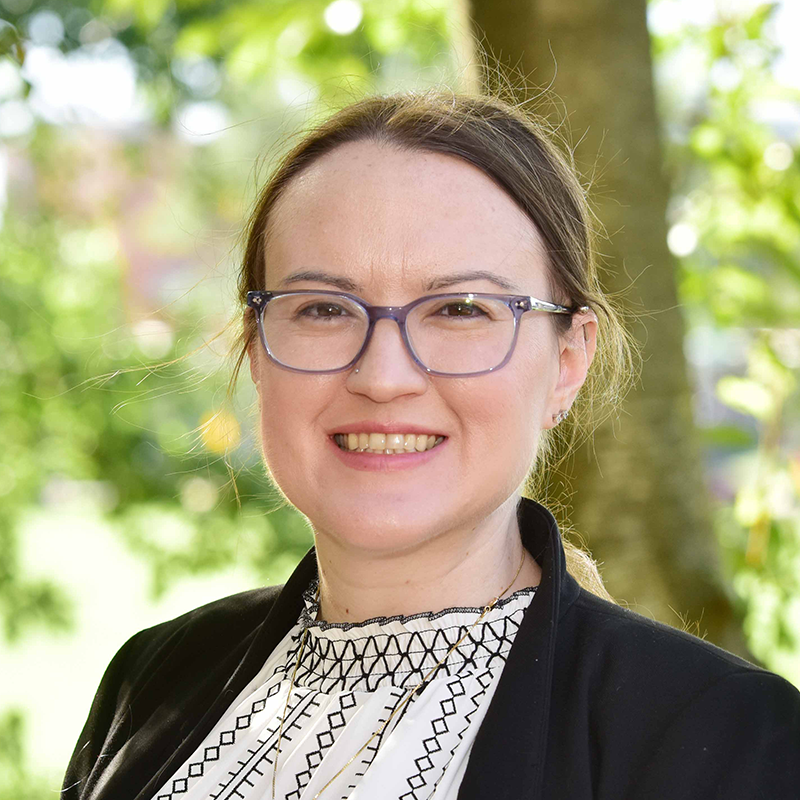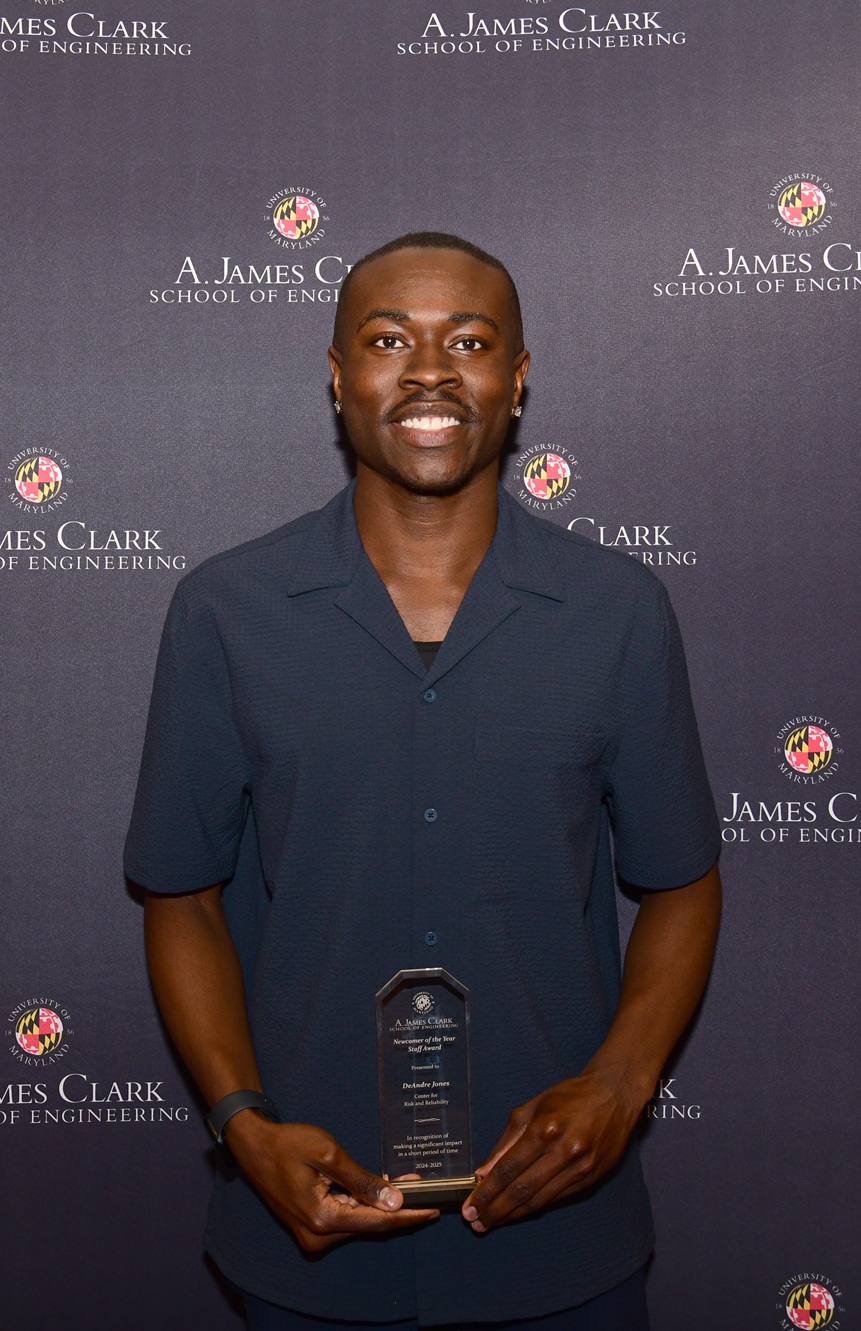News Story
CEE Students Win Bonus Award For Deep Learning Challenge
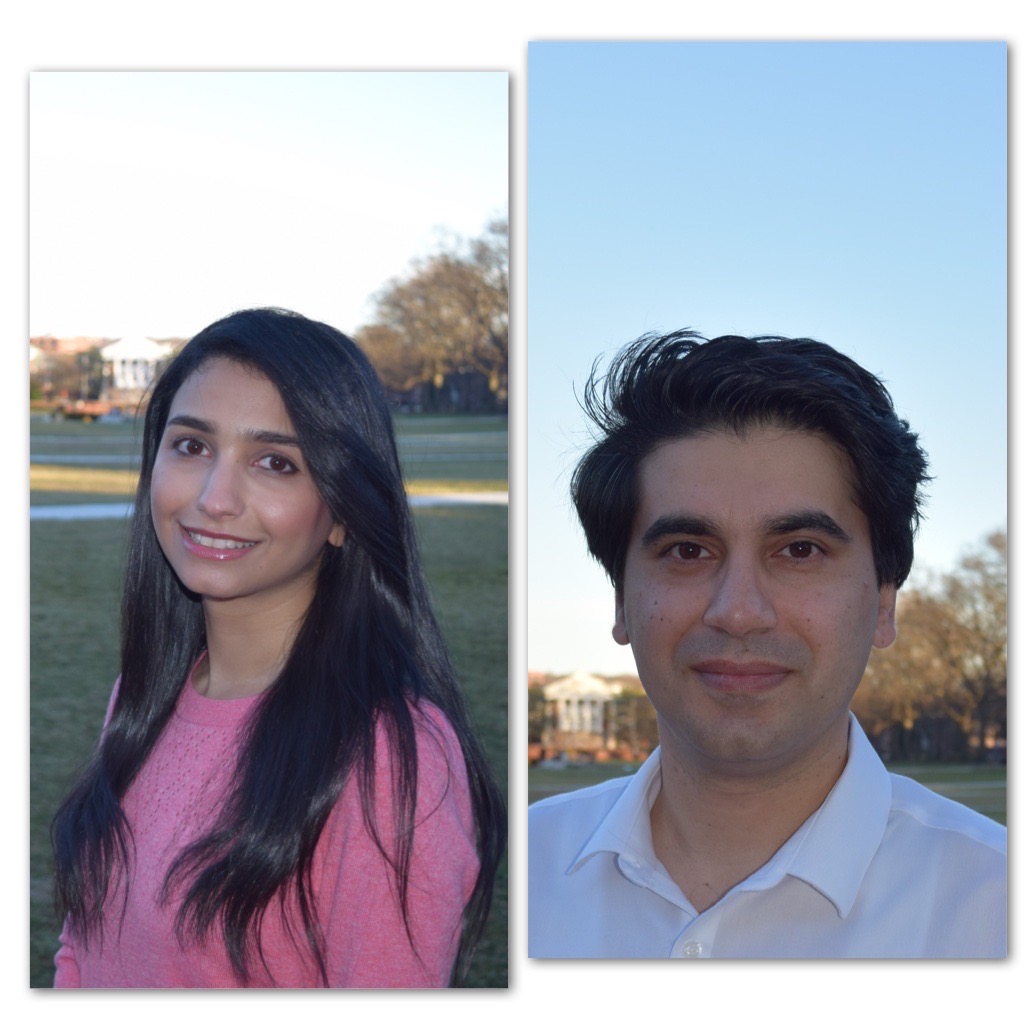
Azin Al Kajbaf and Kaveh Faraji
Azin Al Kajbaf and Kaveh Faraji, PhD students in Civil and Environmental Engineering, participated in the Clog Loss Challenge for Alzheimer's Research and received the MATLAB Bonus Award.
In this challenge, participants were tasked with building machine learning models that could classify blood vessels in 3D image stacks as stalled or flowing.
Background:
My name is Azin Al Kajbaf. I am a PhD student at the University of Maryland. My area of focus is Disaster Resilience which is a part of the Civil Engineering department. My work involves employing probabilistic methods and machine learning approaches for assessment of natural hazards. For example, I use different machine learning methods such as Artificial Neural Networks for prediction of storm surge and down-scaling of future climate projections for precipitation frequency analysis.
My name is Kaveh Faraji. I am a PhD student at the University of Maryland and I work in the area of Disaster Resilience. My main research is focused on risk assessment of hazards such as flood and storm surge. I am also working on employing geospatial analysis and machine learning approaches in my research.
What motivated you to compete in this challenge?
Due to our research, we became acquainted with machine learning methods such as Artificial Neural Networks and Gaussian Process Regression, etc. We were interested to learn more about these methods so as a next step we started to study deep learning recently. We thought this skill might be useful in our research, too. We decided to participate in deep learning challenges because we believed that it can help us to learn these methods more effectively.
Summary of approach:
At first, we tried approaches that are mostly used in human action recognition. However, after a while we tried an approach that in our opinion was simple, faster and more suitable to the nature of the videos for recognizing stalled and flowing vessels. The approach that gave us the highest score was converting the videos to a combination of images and using transfer learning. The steps of the approach are as follows:
- Select a suitable set of input data from the training set which we thought might give us good results.
- Split videos to 4 equal groups of frames.
- Obtain the average of the pixels of frames in each group and used that as the representative of these frame in our training approach.
- Construct a single image that consisted of the mean of these groups of frames.
- Use a deep neural network (with retraining ResNet18) to classify testing videos as stalled or flowing.
Check out team AZ_KA’s full write-up and solution in the competition repo.
Published September 21, 2020
